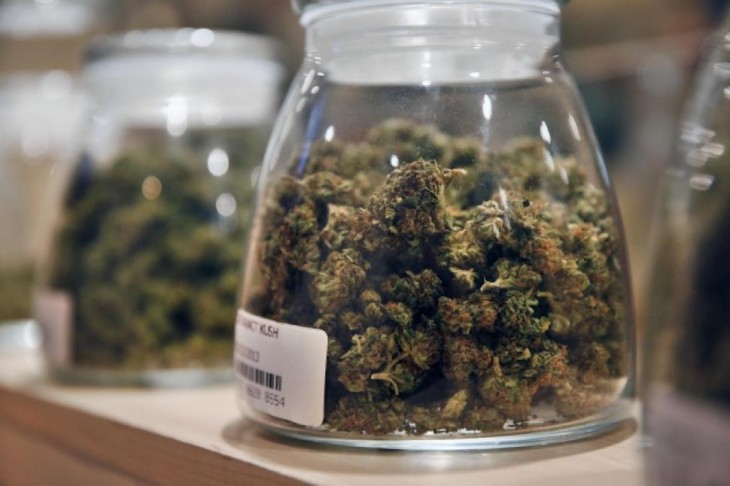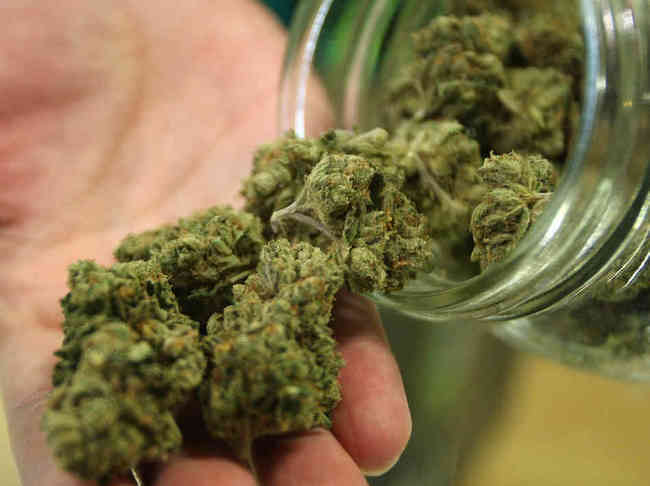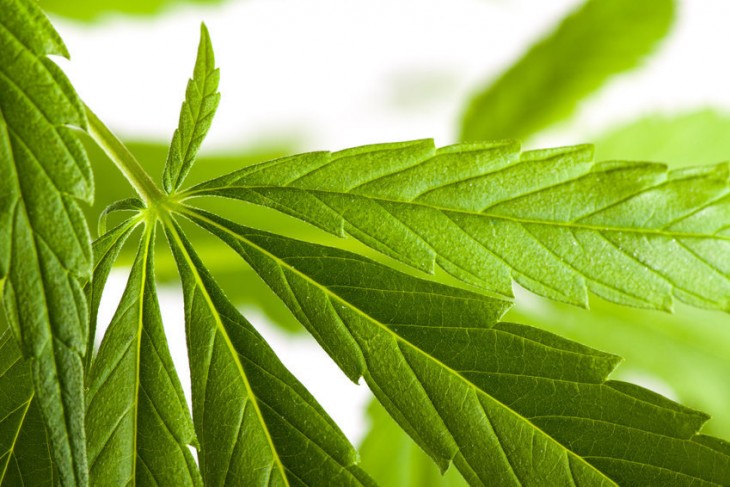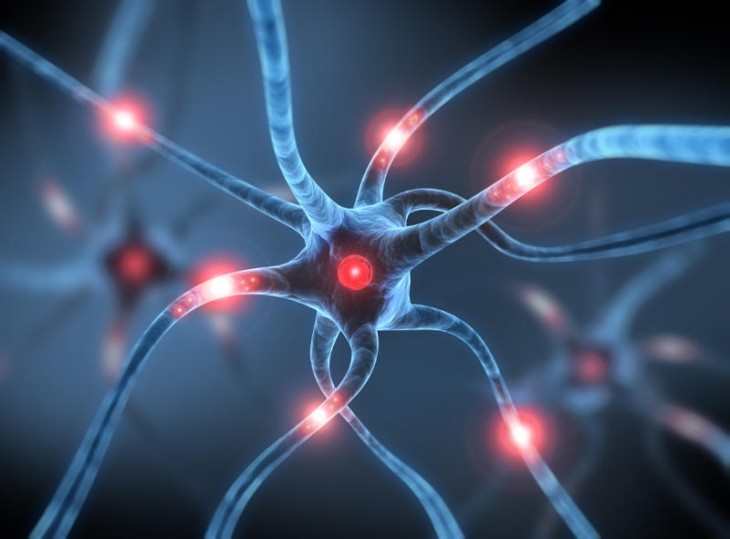Marijuana and the Effects of it on the Human Brain
Marijuana has been one of the most common products people have been smoking or consuming in one form or the other since ancient times. Various products of marijuana have been popular including edibles, use of marijuana oil, or smoking marijuana. In recent times, some countries have made it possible to consume marijuana within restricted condition for adults though most countries have banned marijuana as an illicit substance and consumption of marijuana draws penalties and sometimes it has also put people behind bars. Marijuana has been considered harmful to the human body and mind and has been destructive to the brain in particular. Marijuana has often been classified as a gateway drug which means that marijuana leads to other harmful drugs in the future.
Scientific study to find out details
Dr. David Pagliaccio, who works at National Institute of Mental Health Bethesda along with other scientists, conducted a scientific experiment which involved 483 participants. Out of the 483 participants, 262 participants were exposed to cannabis previously. Neuro imaging data, interviews and behavioural data were analysed at the end of the experiment to find out the effect of marijuana on brain volumes. They were split into 241 pairs of twins or siblings for the experiment. Out of the stated 241 pairs, 89 pairs were discordant to cannabis exposure, 81 pairs were in agreement to cannabis exposure, and 71 pairs were not offered cannabis.
Results of the experiment
After the experiment was conducted, it was found that marijuana smoking was related to the smaller left amygdala and right ventral striatum volumes although the differences were in accordance with normal variations found. It was found that the amygdala volumes were similar for pairs who were discordant to marijuana consumption. However, among siblings one was given marijuana and one was not. When their amygdala volume was compared to the pair who was not given marijuana, it was found that the pair with marijuana exposure had smaller amygdalas. When used a simple index of exposure of ever having used marijuana vs. never having used marijuana, it was found that there was no conclusive evidence of effects of marijuana on the volume of amygdala. The report concluded that future substance abuse policies and prevention programs could be based up on roles of casual and predispositional factors involving marijuana consumption of different scales and the numbers provided by them.









